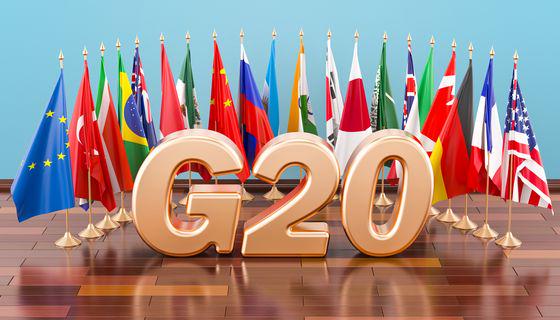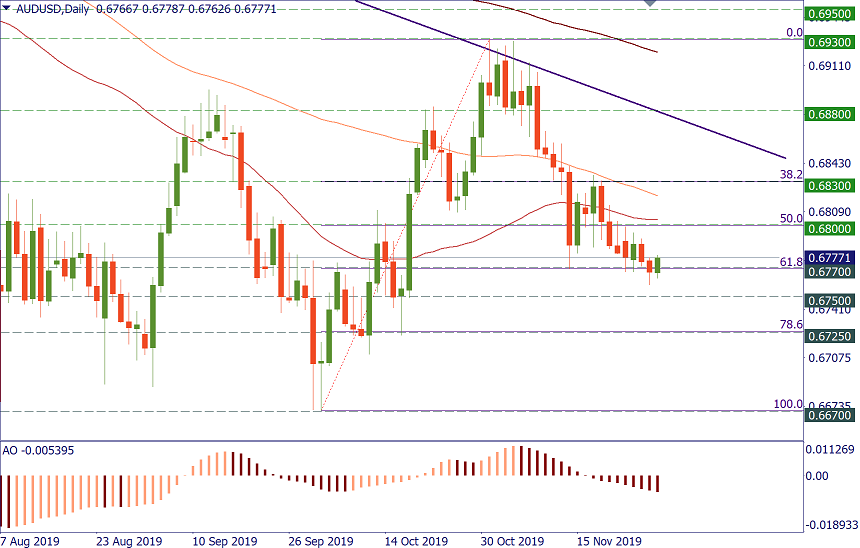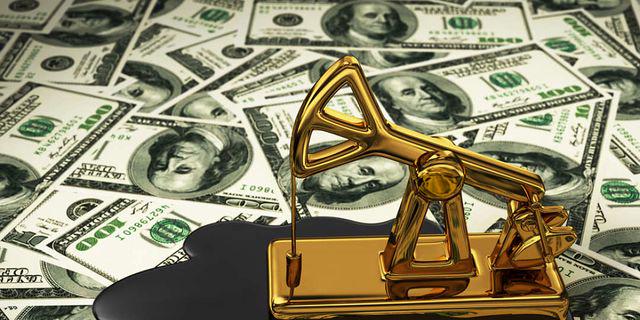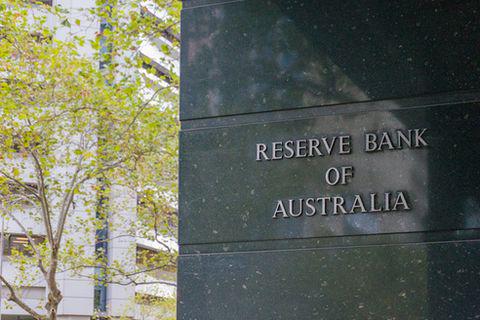
The G20 summit took place in Bali, Indonesia, on November 2022…

Don’t waste your time – keep track of how NFP affects the US dollar!
Data Collection Notice
We maintain a record of your data to run this website. By clicking the button, you agree to our Privacy Policy.

Beginner Forex Book
Your ultimate guide through the world of trading.
Check Your Inbox!
In our email, you will find the Forex 101 book. Just tap the button to get it!
Risk warning: ᏟᖴᎠs are complex instruments and come with a high risk of losing money rapidly due to leverage.
71.43% of retail investor accounts lose money when trading ᏟᖴᎠs with this provider.
You should consider whether you understand how ᏟᖴᎠs work and whether you can afford to take the high risk of losing your money.
Information is not investment advice
AUD/USD has been sliding lower and lower since the beginning of November, although it’s still a great deal away from October lows. Market sentiment has been more or less stable: there was plenty of news about the trade talks between the United States and China, but nothing really decisive has arrived. The Aussie’s fellow commodity currency, the NZD, has been doing much better in trading versus the greenback, and it’s natural that AUD/NZD has plummeted this month.
From the observations described above, we can make one evident conclusion: the AUD is under negative pressure primarily because of Australia’s domestic problems. Indeed, the seasonally adjusted private capital expenditure fell by 0.2% in the Q3 after declining by 0.6% in the June quarter. Inflation remains below the target, manufacturing and services PMIs point at industry contraction. Moreover, Australian employment suffered its sharpest fall in 3 years in October, while the unemployment rate rose to 5.3%.
The Reserve Bank of Australia will meet on Tuesday, December 3. According to the forecasts, the RBA will leave the cash rate at the record low level of 0.75%. Still, economists are talking about the need for urgent stimulus to revive economic activity and wages. The market has priced in an 11% chance of a cut in interest rates to 0.5%. As a result, the wording of the central bank’s statement will be quite important. Governor Philip Lowe underlined that negative interest rates and quantitative easings were not likely anytime soon but suggested that the RBA would implement QE when the cash rate hit 0.25%. Many analysts haven't considered such a big decline in the benchmark interest rate, so they lowered forecasts for the AUD. All in all, if the central bank’s statement contains worries about the national economy, traders will price in rate cuts next year and this will hurt the AUD. If not, the impact on the AUD will be closer to neutral.
Apart from the monetary policy decision, Australia will release a bunch of economic figures in the upcoming days. Here are the key indicators to pay attention to:
On balance, the forecasts imply a cautious approach to the AUD. Still, if there are big positive surprises, the AUD may jump up.
Finally, traders will keep monitoring the US-China story. For now, the key question is whether the Hong Kong Human Rights and Democracy Act signed by Donald Trump this week ruins the upcoming phase 1 trade deal or not.

AUD/USD formed a lower high and slipped below the daily MAs. Support lies at 0.6750 and 0.6725 ahead of 0.6670 (multi-year low). Resistance is at 0.6830, 0.6880 and 0.6930.

The G20 summit took place in Bali, Indonesia, on November 2022…

The deafening news shocked the whole world yesterday: the British Queen Elizabeth II died peacefully at the age of 96…

After months of pressure from the White House, Saudi Arabia relented and agreed with other OPEC+ members to increase production.

eurusd-is-falling-what-to-expect-from-the-future-price-movement

Greetings, fellow forex traders! Exciting news for those with an eye on the Australian market - the upcoming interest rate decision could be good news for Aussies looking to refinance or take out new loans. The Mortgage and Finance Association Australia CEO, Anja Pannek, has...

Hold onto your hats, folks! The Japanese yen took a nosedive after the Bank of Japan (BOJ) left its ultra-loose policy settings unchanged, including its closely watched yield curve control (YCC) policy. But wait, there's more! The BOJ also removed its forward guidance, which had previously pledged to keep interest rates at current or lower levels. So, what's the scoop? Market expectations had been subdued going into the meeting, but some were still hoping for tweaks to the forward guidance to prepare for an eventual exit from the bank's massive stimulus
Your request is accepted.
We will call you at the time interval that you chose
Next callback request for this phone number will be available in 00:30:00
If you have an urgent issue please contact us via
Live chat
Internal error. Please try again later